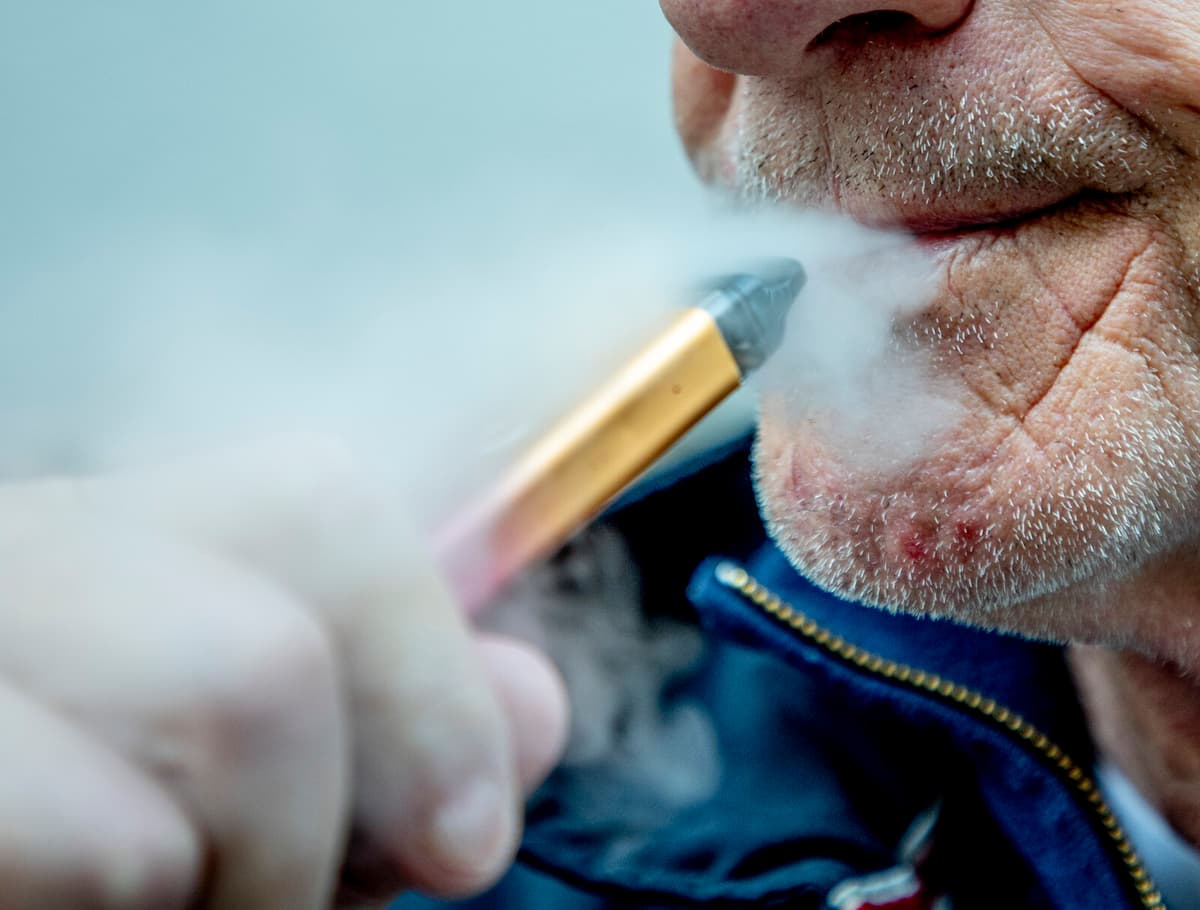E-cigarettes, nicotine gum, and snus. The methods for quitting or reducing regular cigarettes are many. But as the use of e-cigarettes, or vapes as they are often called, increases, so does the proportion of those who want to quit them as well.
E-cigarettes contain nicotine, which is a highly addictive substance, so it can be difficult to quit, says Lena Palmberg, doctor and professor of toxicology at the Karolinska Institute, who researches the health effects of e-cigarettes, among other things.
Medicines work
Researchers have reviewed existing research in the field and identified two methods that stand out as the most effective. For adults over 24 years, the prescription medication varenicline, which is also used for quitting traditional cigarettes, appears to be effective.
For younger people, those between 13 and 24 years, support programs with encouraging text messages seem to be the most effective. However, the researchers note that the studies were few and more research is needed to determine what is the most effective method.
Previous studies have shown that e-cigarettes can be effective for those who want to quit regular tobacco cigarettes. But many young people start vaping without having smoked before.
No one questions that older smokers who have smoked for a long time benefit from switching to e-cigarettes. But there is a marketing with flavors like tuttifrutti and blueberry muffins that targets a group that often hasn't smoked before, says Lena Palmberg.
Affects the lungs
She points out that the research field on the health effects of e-cigarettes is still young and that we don't know much about potential cancer risks, for example. What we do know is that the vapor inhaled through e-cigarettes contains many different substances and particles that affect the lungs and airways.
One problem is that many who start with e-cigarettes, for example, become multiple users. They combine nicotine gum, white snus, and e-cigarettes depending on the situation.
A difficulty with studies on e-cigarettes and other nicotine products is that they are often financed by the tobacco industry and compare the products to regular cigarettes.
The reasonable thing is to compare it to not using any product at all, in order to get a picture of how it affects health, says Lena Palmberg.
E-cigarettes or vapes: Work by heating so-called e-juice or e-liquid with a battery and forming a vapor that is inhaled. E-juice comes both with and without nicotine and in many different flavors. There are different models of e-cigarettes, some with rechargeable batteries, some where you can set the wattage yourself. There are also disposable vapes that are thrown away (with battery) after use.
White snus, nicotine pouches, or nicotine snus: The levels of nicotine vary and can be much higher than in brown snus.
Heat-not-burn or heated tobacco products, HTP: A product where tobacco is heated so that the vapor can be inhaled.
Source: Tobaksfakta.se and others
In 2024, 4 percent of people aged 16-84 reported using e-cigarettes. The use is roughly equal among women and men.
The use of e-cigarettes daily or occasionally has increased since 2020, especially among young people.
Among young women aged 16-29, there has been an increase from 2 percent in 2020 to 13 percent in 2024. Among men of the same age, the proportion has increased from 2 to 7 percent.
Source: The Public Health Agency





